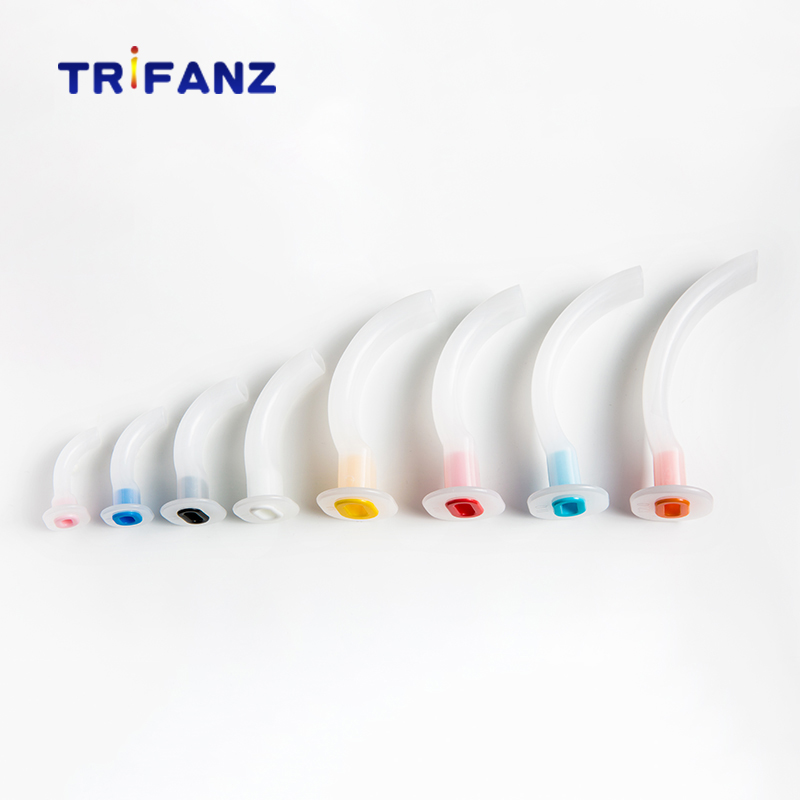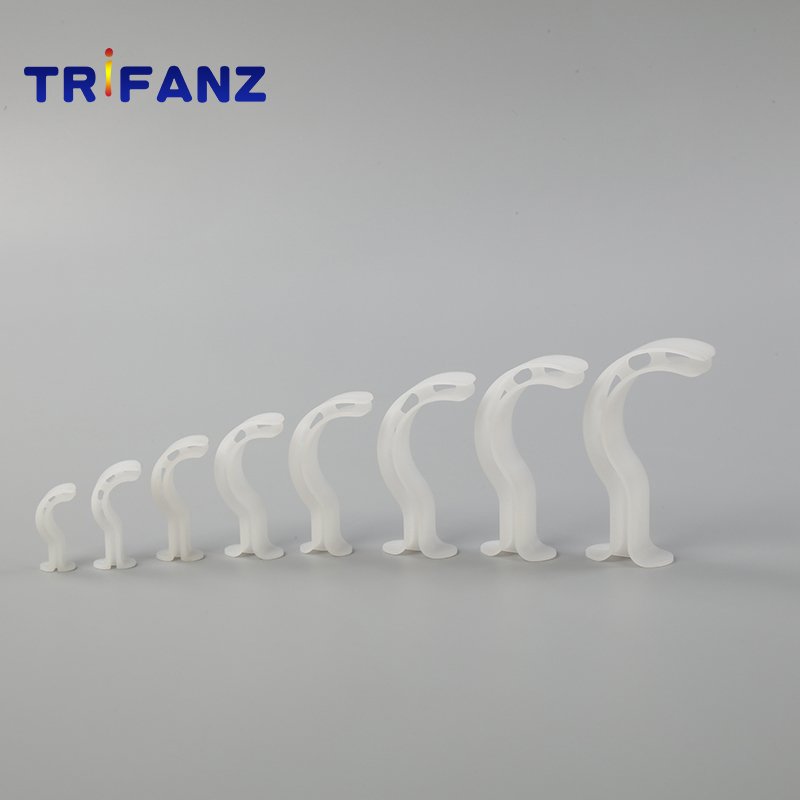In summer days, the temperature in vegetable greenhouses is also very high. The high temperature environment has a certain obstruction effect on the growth of greenhouse vegetables, such as affecting the development of photosynthesis and inducing various bacterial diseases. At present, it is necessary to focus on the management of ventilation in greenhouses, management after watering, and replenishment of vegetable nutrition to ensure healthy growth of greenhouse vegetables in high-temperature environments. Reasonable ventilation - to ensure that the greenhouse "breathe" unimpeded step by step. When the shed is closed for 1 hour or when the shed temperature reaches 20°C or so, a small breeze should be put in first. The gusty outlet is generally about 5 cm wide, and the photosynthesis of crops and the discharge of moisture or harmful gases are enhanced. When the temperature of the greenhouse rises to the upper limit of the high temperature required for the crop, one more wind is used to gradually reduce the temperature to a suitable range for vegetable growth. Differentiate. When there is no wind or slight northeast wind (or southeast wind), the temperature at the western end of the shed is 2°C to 3°C higher than that in the east half. When the wind is high, the east end is 2°C higher than the west end. When there is a northwesterly wind or a southwesterly wind, the temperature difference between the east and west ends will be above 3°C, and the larger the wind, the greater the temperature difference. In view of the above various conditions, the ventilation should adopt a method of segment management. The thermometer setting should be reasonable. According to the reading temperature on the thermometer, the accuracy of the vegetable farmer's air release is directly related to whether the vegetables are in a suitable growing environment. Therefore, it is advisable to set three temperature gauges evenly in the east and west direction of the shed, and then take the average value to reduce the error, and place the lower end of the temperature gauge above 10 cm of the growing point of the vegetables. Post-water management - Bacterial-resistant diseases take advantage of timely dehydration after watering. After watering, the humidity in the shed increases sharply, so it is necessary to drain moisture in time. On the afternoon of the watering day, the air outlet is closed at an appropriate time. The air inlet is opened early in the morning and the ventilation is increased. This operation lasts for 2 to 3 days, rapidly reducing the humidity in the greenhouse and reducing the occurrence of diseases. Pruning to seize the opportunity. Wherever the pruning occurs, whether the end of the branch is cracked or over-operated, the epidermis may fall off in a large area. In this reminder vegetable farmers, pruning should be chosen to be sunny, but try to avoid 1 to 2 days after watering, because at this time the plant moisture content, pruning will increase the chance of disease infection. Strengthen drug prevention and treatment. After the pruning, a protective agent and an agent for preventing and treating bacterial diseases should be sprayed in time, and copper preparations, such as king copper, basic copper sulfate and quinolinone, can be applied. For infected plants, the lesions should be removed first, such as diseased leaves and young fruit. Simultaneous administration of methotrexate, kasugamycin, methamphetazole and other protective agents should be used together with protective agents such as copper thiazolyl and quinolinone. Apply to prevent the spread of diseases. Supplementary nutrition - to meet the growth of vegetables needed to protect the roots and leaves, to ensure the absorption capacity of vegetables. Rooting must first ensure that there is a good soil living environment, reflected in the actual operation, can be based on the needs of different varieties of different growth stages of reasonable fertilization, change the film to lay the ground to cover the arch, in order to increase soil permeability. For the late growth of vegetables, the old and weak leaves should be removed in a reasonable and orderly manner to reduce pathogenic bacteria infection. Under the spray of a full flush of fat. For vegetables that have entered the fruiting period, according to the law of their needs to properly add nutrients, and spray under the combination of fertilization. For melons and vegetables, balanced fertilizers are mainly used. Potassium demand is increased during the flower and fruit period, and high potassium fertilizers can be interspersed. In the absence of trace elements in the medium, it is advisable to quickly supplement them by foliar spraying.
An oropharyngeal airway (oral airway, OPA) is an airway adjunct used to maintain or open the airway by stopping the tongue from covering the epiglottis. In this position, the tongue may prevent an individual from breathing.
Guedel Airway
Maintains airway through the oral cavity and pharynx
Oropharyngeal Airway,Oral Pharyngeal Airway,Medical Oropharyngeal Airway,Opa Airway Hangzhou Trifanz Medical Device Co., Ltd , https://www.cfzmeds.com
a. Made of semi-rigid non-toxic polyethylene.
b. Bite block and tongue depressor,Rigid bite block helps keeping the victims airway from collapsing
c. Size: 000, 00,0,1,2,3,4,5,6

Atraumatic soft-rounded edges
Smooth inner and outer surfaces
Side channels provide access for suction catheters
Flexible to ensure dental protection